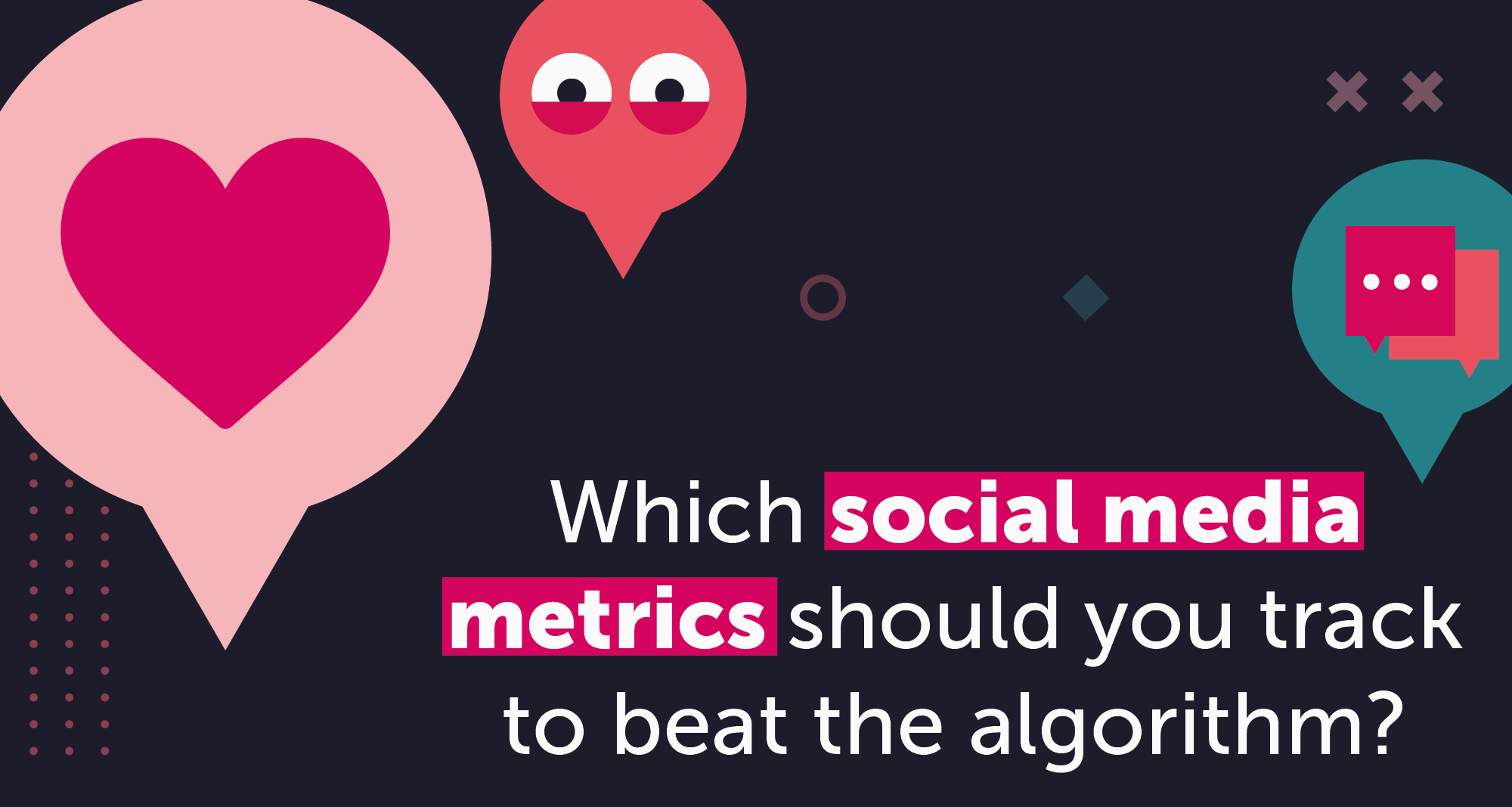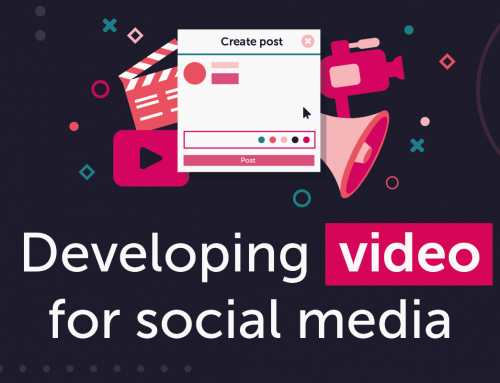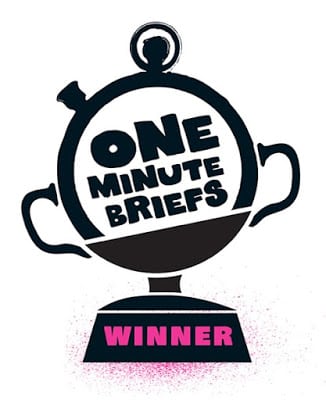
Social media metrics are the data points that measure how successful a campaign is, how well your social strategy is performing and your overall brand health — super helpful whether your business is just starting out or you already have a large social media following.
From follower counts to audience awareness, the idea of social media metrics can be daunting. And it doesn’t help that new important metrics seem to pop up on a weekly basis — or that the algorithm for each social media channel is constantly changing.
Luckily for you, we’ve sussed out the basic metrics every business should pay attention to if you want to stay on top of your KPIs, goal setting and campaign tracking.
How do I measure my metrics?
Whilst you can see the analytics section of Facebook, Twitter and LinkedIn by default on their native platforms, you’ll need a business account to get the analytics for other platforms like Instagram, Pinterest and TikTok.
Of course, you can log into each social media channel individually and review your analytics from there. But things can get pretty hectic if you’re handling multiple accounts or brands across various platforms.
So, finding a social media tool that fits your budget and needs might be more beneficial. There are loads of planning and scheduling tools that can help you track your page growth, audience demographics and post analytics for each social channel.
Now you have all your data — but which social media metrics do you need to be following closely? Let’s dive into the different metrics and how they can boost your content in the algorithm…
Engagement: likes, comments, shares and clicks
Engagement is how your audience interacts with your account — and how often.
You can assess your engagement through metrics such as likes, comments, retweets and your post engagement rate (the number of interactions on a piece of content divided by the impressions or reach — more on that in a second).
Why’s engagement important for your business?
Whenever people interact with your posts, it shows interest in what you have to say and helps get your business in front of those people’s networks — think of it as a subtle word-of-mouth referral. As such, high engagement can help to establish brand loyalty and boost brand awareness.
Awareness: impressions and reach
Often confused with one another, impressions and reach are both essential metrics to track — especially if your goals for your social media marketing are focused on brand awareness and perception. So, what’s the difference between the two?
Your reach is how many people see your content, whereas impressions are the number of times people see your content. Your impressions can be higher than your reach, as the same person may look at your content more than once (because it’s just that good…).
Want to stay ahead of the algorithm?
We’d recommend looking at a combination of reach, impressions and engagement to see how much of your content is getting in front of your target audience (and crucially, whether or not they like what they’re seeing!). If all three metrics rise, you’ll know your content is hitting the mark, and your social media marketing strategy is working. If not, be sure to tweak your approach accordingly.
Audience growth rate
It’s essential to keep an eye on your follower count and track it over time to compare numbers and see how your audience is growing.
The best way to do this is to divide new followers by the total audience each month and multiply that number by 100, giving you your average new monthly followers.
From there, you can see whether the number goes up, down or stays the same. If your followers have declined or hit a plateau, it’s time to work out how to change that! Do you need to post more? Use more targeted hashtags? Upload video content for higher engagement?
Click-through rate
Ever heard of a click-through rate (CTR)? It’s a social media metric that marketers often look at, especially when evaluating their paid ad campaigns and results.
The CTR shows you how many people clicked on a social post or ad and is calculated by dividing the number of link clicks by the number of impressions (easy maths, we promise!).
CTR is an important metric because it helps you understand your customers — it tells you what works (and, importantly, what doesn’t) when trying to reach your target audience. A low CTR could indicate you’re targeting the wrong audience or not speaking their language and enticing them to click.
A/B testing (or split testing) can come in handy here, enabling you to test variations on campaigns and posts to determine which ones perform better. For social media marketing, click-throughs can also be boosted with links and call-to-action buttons.
Some do’s and don’ts to beat the algorithm
We can look at many important metrics, but their value changes depending on the platform, the size of your following and the content you’re producing. If you’re just getting to grips with the basics, the above metrics should be enough to help you understand how your content is performing.
If your following is steadily growing, we’d suggest measuring your social media metrics every month to identify the content your audience engages with most and the top-performing content in the algorithm.
And finally, to boost your chances of your posts being seen, here are some handy tips…
DO:
- Post more video content — according to LinkedIn, videos are 52% more likely to be shared than other types of content! Reels, for example, get twice as much real estate on the Instagram Explore page, making them a major tactic for discovery and growth.
- Interact with other accounts and try to reply to comments within the first 60 minutes to help drive engagement.
- Use hashtags! They’re a great way to reach more people, meaning more ‘views’ for the algorithm. Opinions vary on how many to use for each channel — but as a general rule of thumb, we tend to stick with one or two for Twitter, two to three for Facebook and between three and five on Instagram and LinkedIn.
DON’T:
- Edit your post for at least 24 hours. Rumour has it that every time you edit your post after publishing, it resets your engagement ranking. And we reckon it’s better to be safe than sorry…
- Delete your post and repost it — people want fresh content. If they see reposted images, your audience will be less likely to interact.
- Overdo it! Sure, you want to post regularly. But too many posts in a few days can also have a negative effect. So, think quality, not quantity.
But the best way to stay on the right side of the algorithm? Know your niche, create engaging content, measure your metrics and be consistent. The algorithm will do the rest…
Need some help in the social media marketing department? You know what to do!










